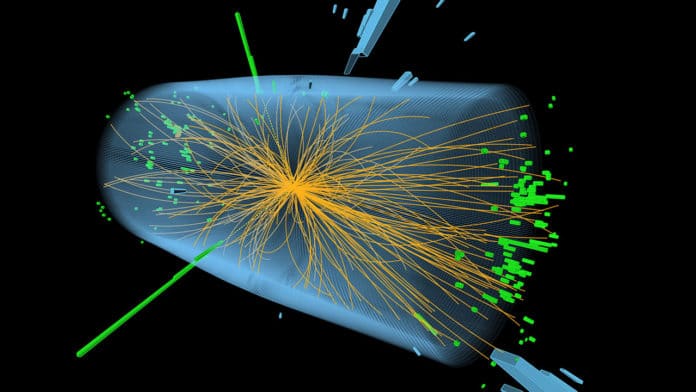Dark matter is a hypothetical type of matter consist of approximate 27% of the mass and energy in the observable universe that is not accounted for by dark energy, baryonic matter, and neutrinos. The baryonic matter should include matter composed of baryons. It must include protons, neutrons and all the objects composed of them i.e., atomic nuclei. What if there’s a dark matter detection system?
Recently scientists from the University of Bristol have launched a detection system to detect dark matter. It will improve the Large Hadron Collider’s ability to search for dark matter and extra dimensions. The Large Hadron Collider (LHC) is the world’s largest and most powerful particle collider. It is the largest most complex experimental facility ever built and the largest single machine in the world. According to researchers, it will also improve the fundamental physics of the world.
Working of Brain: Dark matter detection system
After the collision of each particle of Large Hadron Collider, detector extracts all the data together produced in a microsecond. The detector analyzes the data that is essential for understanding a wide range of physics. It then searches for extra dimensions and for the particles that could develop dark matter.
There is a condition that must be completed by the detector, which is data from CMS detector must be identified within a millionth of second to conclude. It concludes that something interesting is happening and that data must be stored for further identification.
Dr. Jim Brooke, senior research associate in the school of physics at the University of Bristol said, “The system effectively receives a digital image of each collision from the detector. This upgrade is like switching to HDTV the pictures are much higher resolution. We can also process an entire image in one chip; before we had to split them up and process each piece separately.”
Discovery of Brain:
Discovery of the Brain is explained by Dr. Alex Tapper.
Dr. Alex Tapper from Imperial College, Group leader in developing the custom electronics boards for the new trigger, said. “Normal PC’s are just not enough to perform this analysis of the data. So we developed a custom processor ourselves. We used a cutting edge chip which is very good at performing many calculations in parallel and built a system using optical fibers to feed an enormous amount of data into the chip. The new system is much powerful and we hope it will help us make new discoveries in the future.”
